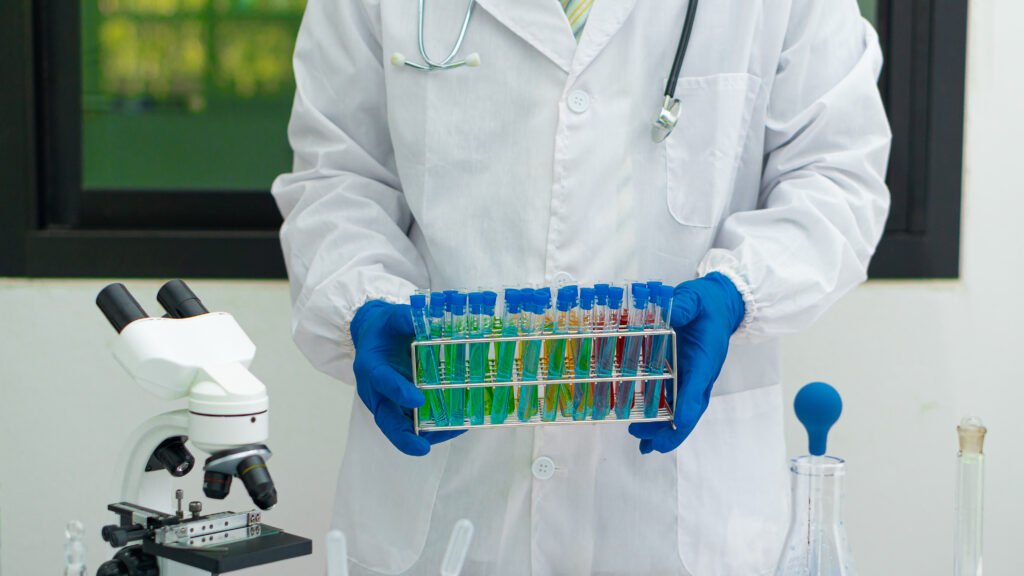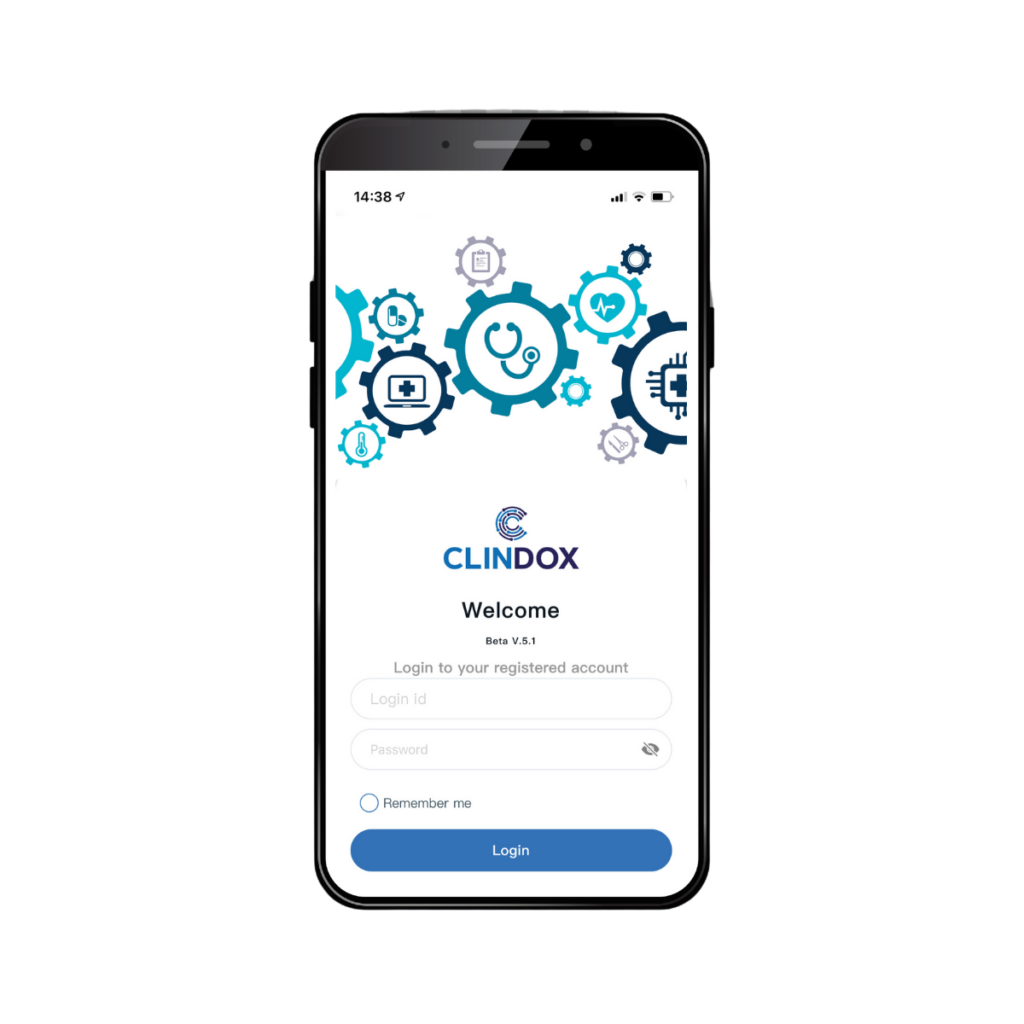Medical Device Investigation Glossary
The clinical trial world and the medical device industry are laden with acronyms. Even experienced practioners can have trouble keeping up, and if you’re new to the sector it can get a little confusing. We’ve put together a simple glossary to help if you’ve come across a term or acronym you’re not familiar with. We hope it helps!







